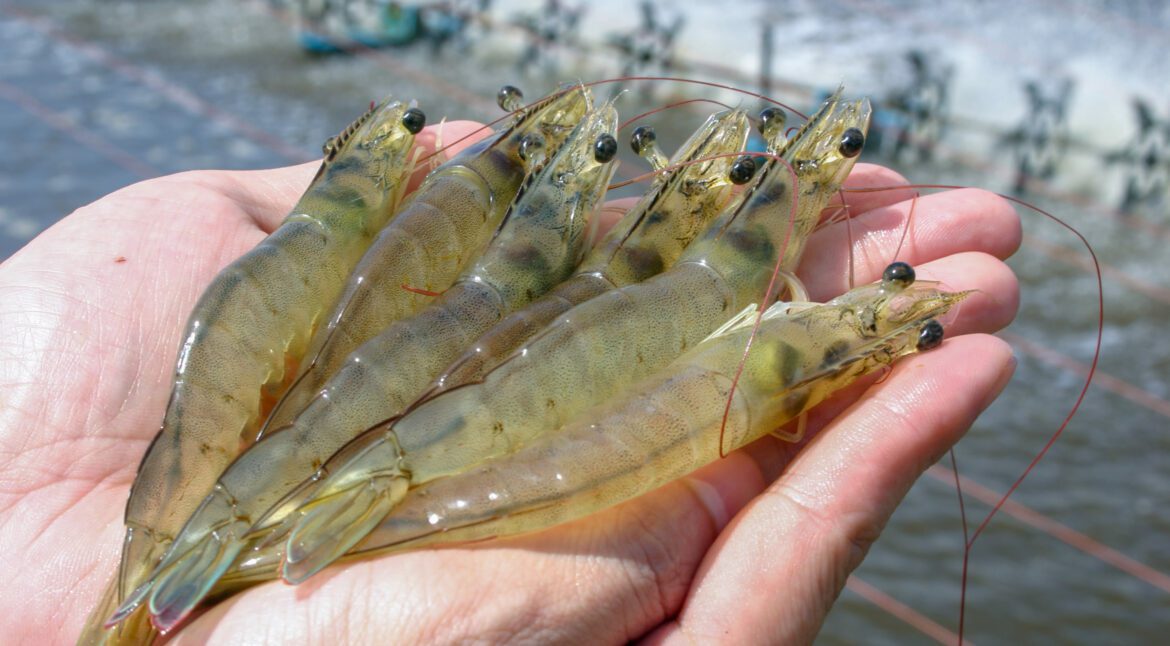Because shrimp are “slow” and “selective” feeders with highly developed chemosensory systems and because conventional aquaculture systems have low visibility and high particulate matter, attractants and feeding stimulants are commonly incorporated into feed pellets to make them more quickly identified and more palatable, and thus eaten at a higher rate.…
Feed intake is a critical variable in aquaculture that limits growth and survival of reared animals. The inclusion of new raw materials in fish diets to meet cost-efficient production and sustainability goals may compromise the organoleptic quality of diets and, by extension, fish growth (Yaghoubi et al., 2016). Therefore, it…
Taste perception of sweet and umami stimuli in vertebrates is largely controlled by a family of G-protein-coupled receptors, the taste receptor type 1 (T1R) family, with three members that combine in heterodimers to form the taste receptors. The mammalian T1R1/T1R3 receptor responds to umami compounds such as amino acids, whereas…
Nutrients from the ingested food interact with sensors along the mammalian digestive tract. These sensors, through vagal afferent nerves, can activate brain areas related to the control food intake. In the oral cavity, as a first stop of the food, umami taste receptors can detect the presence of different amino…
The present study aims to investigate the effects of supplementing broiler diets with a bioactive olive pomace extract (OE) from Olea europaea on growth performance, digestibility, gut microbiota, bile acid composition, and immune response. To this end, three hundred and six 1-day-old broiler chickens (Ross 308) were housed in floor…
Two experiments were conducted to investigate effects of dietary flavor as a feed additive on growth performance of weaned pigs. The flavor used in experiments was a commercial product (Luctarom®, Lucta Guangzhou, China) containing milky cream flavor. In Exp. 1, 72 weaned pigs (initial BW = 6.51 ± 0.21 kg)…
This study was conducted to investigate effects of dietary flavor on immune responses and gut microbiota of weaned pigs. A total of 72 weaned pigs (initial BW = 6.66 ± 0.32 kg) were randomly assigned to 2 dietary treatments (4 pigs/pen; 9 replicates/treatment) in randomized complete block design (block =…
Introduction Extrusion is a technology widely used in feed processing that consists of combining high temperatures and high pressures to the feed material. The main objective when used in a final feed is to improve digestibility, but it can also be used in raw materials such as rice bran (Riaz,…

